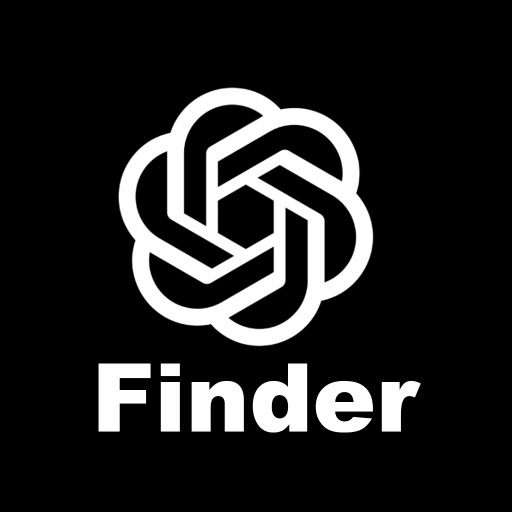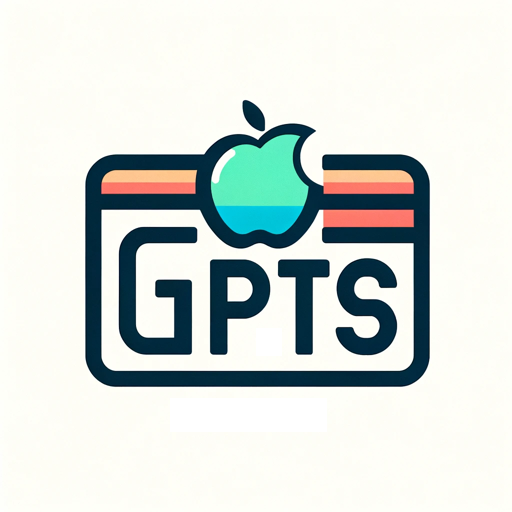ScrapeGPT-AI-powered data extraction
Effortless Data Extraction with AI
Related Tools
Load More
GPT Finder
Discover the best Custom GPT at OpenAI's GPT Finder

GPT Finder
I help you find the ideal GPT for your needs

GPTs Works
Third-party GPTs store, chat for searching GPTs.

Hustle GPT
A guide for online income generation using AI tools.

GPT Finder 👉 Search BEST GPT in 3,000,000+ GPT
Quickly find the best GPT for you from the 3 million GPTs available at the GPT Store.可使用中文进行搜索与模糊查询,Created by AI进化论-花生

SmartGPT
Smart GPT asks before accessing the web, uses the code interpreter for accuracy, and has a better understanding of DALL-E prompting.
20.0 / 5 (200 votes)
Introduction to ScrapeGPT
ScrapeGPT is an advanced AI model designed for extracting and processing data from a variety of text-based sources. Its primary purpose is to facilitate the extraction of specific information from structured or semi-structured text, making it highly useful for tasks such as data collection, web scraping, and content analysis. By automating the extraction process, ScrapeGPT can handle large volumes of data efficiently, ensuring accuracy and consistency. For instance, if you have a list of products with various attributes like price, description, and availability, ScrapeGPT can extract this information systematically and compile it into a structured format such as a CSV file.

Main Functions of ScrapeGPT
Data Extraction
Example
Extracting product details from an e-commerce website.
Scenario
A business wants to analyze competitor prices by extracting product names, prices, and descriptions from their competitor's website. ScrapeGPT can automate this process, extracting the required data and organizing it into a structured format for further analysis.
Data Processing
Example
Cleaning and organizing raw data from multiple sources.
Scenario
A researcher needs to compile data from various academic papers, each formatted differently. ScrapeGPT can standardize the data, clean it, and organize it into a cohesive dataset that can be used for further research or analysis.
Content Analysis
Example
Analyzing customer reviews for sentiment and key themes.
Scenario
A marketing team wants to understand customer sentiment about their product by analyzing thousands of reviews from different platforms. ScrapeGPT can extract and process these reviews, identifying common themes and sentiments, providing valuable insights for the marketing strategy.
Ideal Users of ScrapeGPT Services
Businesses
Businesses can benefit from ScrapeGPT by automating the extraction and analysis of competitor data, customer feedback, and market trends. This helps in making data-driven decisions, improving products, and staying competitive in the market.
Researchers
Researchers can use ScrapeGPT to gather and process large volumes of data from diverse sources. This is particularly useful in academic research, where data from different studies need to be compiled and analyzed systematically to draw meaningful conclusions.

Guidelines for Using ScrapeGPT
1
Visit aichatonline.org for a free trial without login, also no need for ChatGPT Plus.
2
Upload the file containing the list of items you want to extract data from. Ensure the file is in a supported format such as CSV, JSON, or Excel.
3
Specify the data fields you want to extract by providing an example extraction for the first item in your list. This will guide the tool on what information to look for.
4
Run the extraction process and review the data. ScrapeGPT will process all items in the file and present the extracted data in a tabular format.
5
Export the extracted data to a CSV file for further use or analysis. Ensure to review the output for any missing or incorrect data.
Try other advanced and practical GPTs
InnovationEcosystemBuilder
AI-powered business ecosystem builder

SEO | Compelling Blog Writer
AI-Powered Content Creation for SEO

Aurora
AI-powered lighting control for your home.

Quant Invest
Empowering Investments with AI Precision
Mr. Buffett 워런 버핏
AI-powered financial wisdom for smart investing.

钩子文案专家
AI-powered hooks and titles tailored to your needs.

PlaywrightJBT
Unleash your inner comedian with AI.

Website Critic
AI-Powered Website Analysis

Chat with Website
AI-Powered Web Content Extraction

WeCare
AI-powered assistance for personalized solutions

WarcraftGPT
Your AI-powered WoW Classic guide.

Phantasmo
AI-powered visuals, tailored to your vision
- Data Analysis
- Market Research
- Data Extraction
- File Processing
- Automated Scraping
Common Questions About ScrapeGPT
What types of files can I upload to ScrapeGPT?
You can upload files in various formats, including CSV, JSON, and Excel. These formats are widely supported for data extraction.
Do I need to provide an example for each item in my list?
No, you only need to provide an example extraction for the first item. ScrapeGPT will use this example to extract similar data from the rest of the items.
How does ScrapeGPT handle missing data?
If any data is missing, ScrapeGPT will leave that field as null in the output. It's advisable to review the extracted data for any missing or incorrect information.
Can I use ScrapeGPT for commercial purposes?
Yes, ScrapeGPT can be used for both personal and commercial purposes, including market research, data analysis, and more.
Is there a limit to the number of items I can process at once?
The limit depends on the file size and the specific plan you are using. For large datasets, it's recommended to check the plan details or contact support for assistance.